Santa Cruz County
Santa Cruz,CA

Santa Cruz is known for its moderate climate, the natural beauty of its coastline, redwood forests, alternative community lifestyles, and socially liberal leanings. It is also home to the University of California, Santa Cruz, a premier research institution and educational hub, as well as the Santa Cruz Beach Boardwalk, an oceanfront amusement park operating continuously since 1907.

Santa Cruz is well known for watersports such as sailing, diving, swimming, stand up paddle boarding, paddling, and is regarded as one of the best spots in the world for surfing. It is the home of O'Neill Wetsuits and Santa Cruz Surfboards, as well as Santa Cruz Skateboards and Santa Cruz Bicycles. The Santa Cruz Beach Boardwalk is California’s oldest amusement park and a designated State Historic Landmark. It is family-operated, and celebrated its Centennial in 2007. It is home to the iconic Giant Dipper roller coaster, which is currently the fifth oldest coaster in the United States. Home to a National Historic Landmark, a 1911 Charles I. D. Looff Carousel and 1924 Giant Dipper roller coaster, the Boardwalk has been owned and operated by the Santa Cruz Seaside Company since 1915.

The principal industries of Santa Cruz are agriculture, tourism, education (UCSC) and high technology. Santa Cruz is a center of the organic agriculture movement, and many specialty products as well as housing the headquarters of California Certified Organic Farmers. Tourist attractions include the classic Santa Cruz Beach Boardwalk on the beach, the redwood forests in the Santa Cruz Mountains above the town, and Monterey Bay, which is protected as amarine sanctuary.
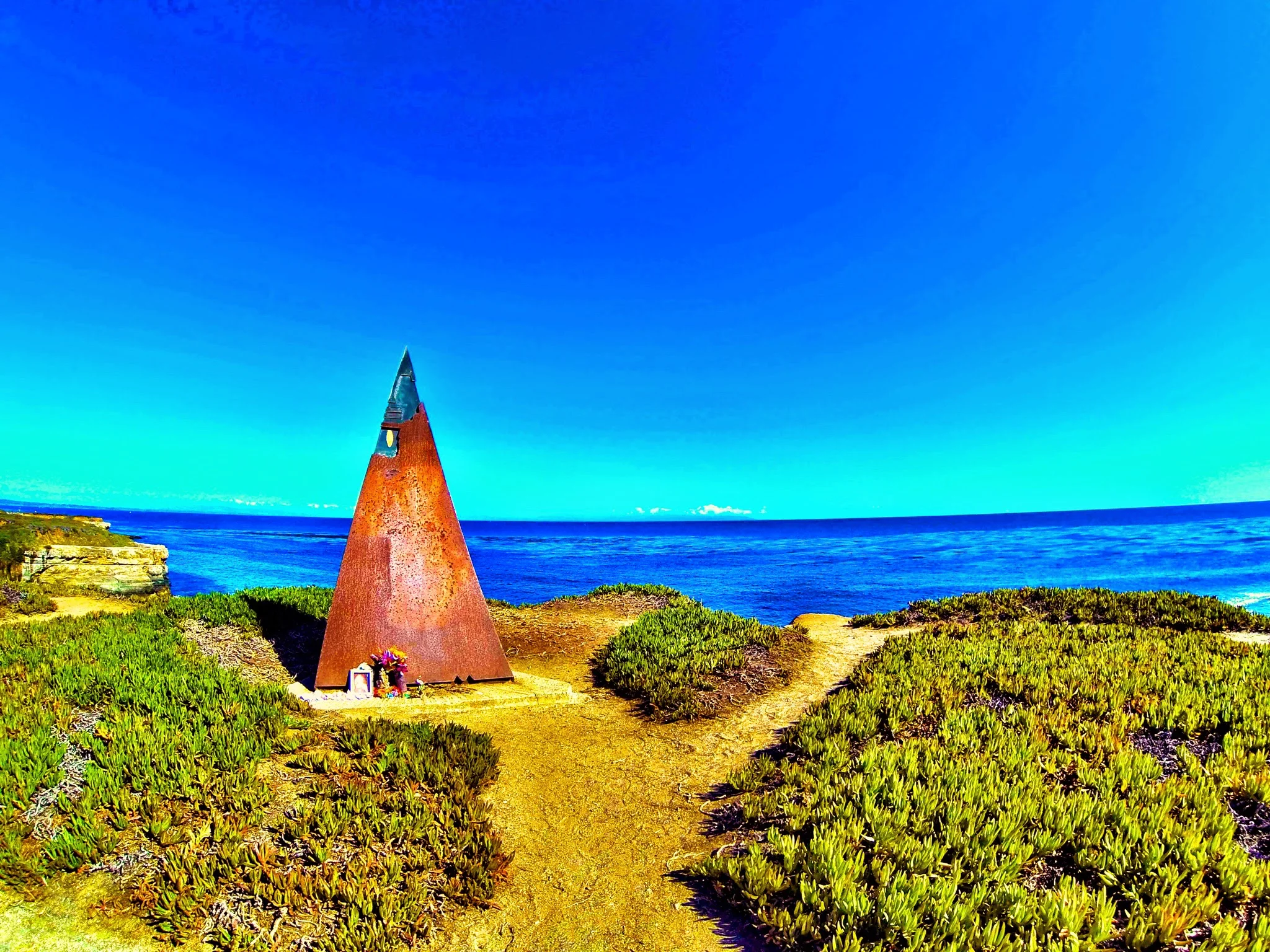
Santa Cruz is home to several state parks and beaches, including Lighthouse Field State Beach, Natural Bridges State Beach, Santa Cruz Mission State Historic Park, Twin Lakes State Beach, and Seabright State Beach.
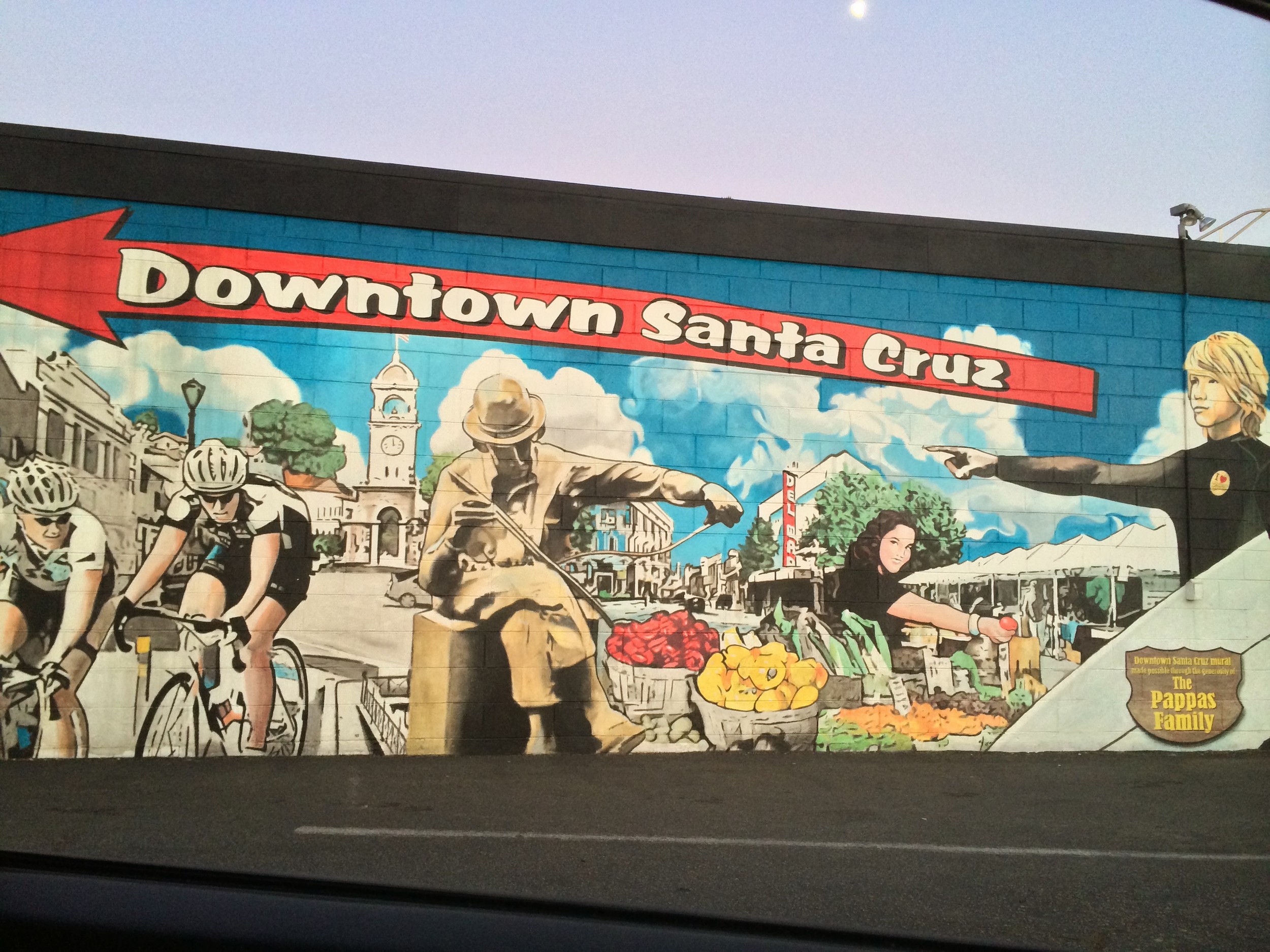
Santa Cruz is well known for watersports such as sailing, diving, swimming, stand up paddle boarding, paddling, and is regarded as one of the best spots in the world for surfing. It is the home of O'Neill Wetsuits and Santa Cruz Surfboards, as well as Santa Cruz Skateboards and Santa Cruz Bicycles.
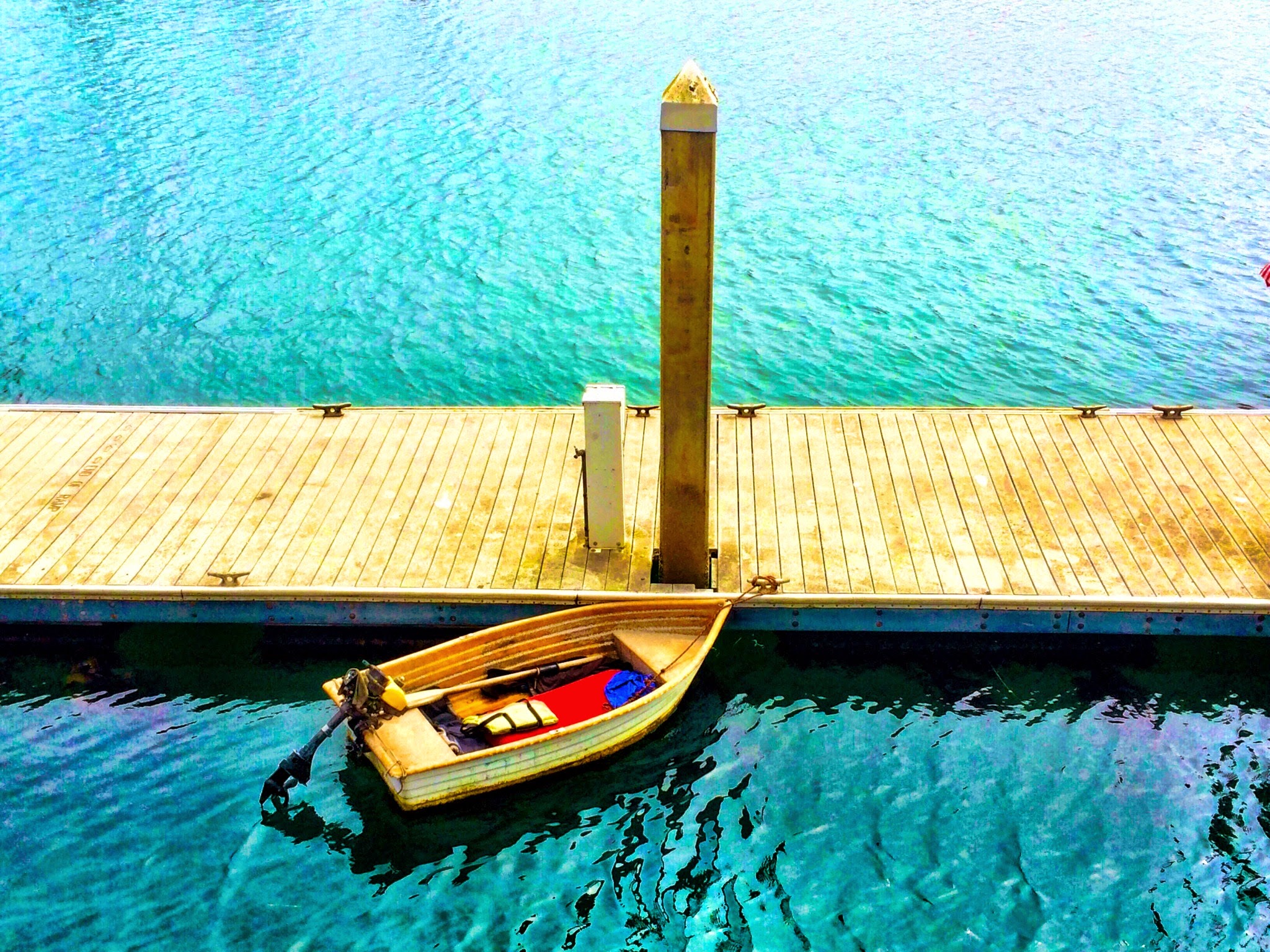
Prior to the arrival of Spanish soldiers, missionaries and colonists in the late 18th century, the Santa Cruz area was home to the Ohlone Native Americans. The Ohlone had no written language, and lived in small villages scattered around the Monterey Bay and San Francisco Bay regions.

Santa Cruz has five sister cities in other nations, cities chosen to strengthen international connections. A volunteer committee of citizens organizes cultural exchange opportunities, humanitarian projects, and commercial ties between Santa Cruz and its sister cities.
[Venezuela] Puerto La Cruz, Venezuela – since 1966
[Japan] Shingū, Wakayama, Japan – since 1974
[Ukraine] Alushta, Ukraine – since 1987
[Nicaragua] Jinotepe, Nicaragua
[Italy] Sestri Levante, Italy
[Spain] Santa Cruz de Tenerife, Spain was a former sister city.







Scotts Valley,CA
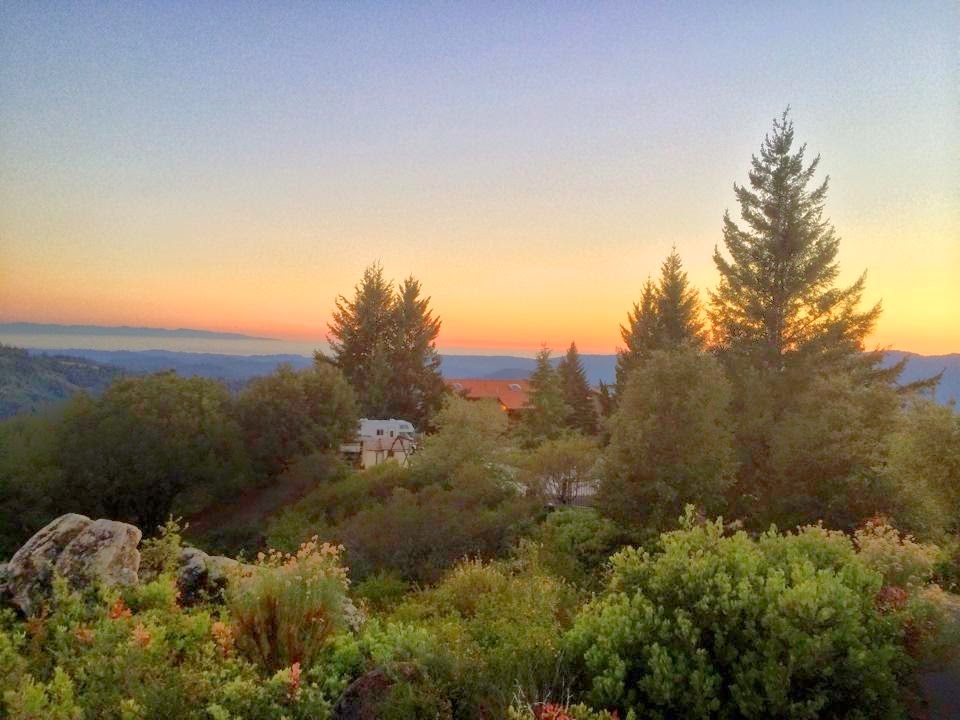
Welcome to Scotts Valley, the Gateway to Santa Cruz County. This city will always hold a special place in our hearts as it was where we brought our first son home over 8 years ago. First settled in the late 1700s, Scotts Valley is a small area in size, less than 4 square miles, but rich in both community and a strong public school system.
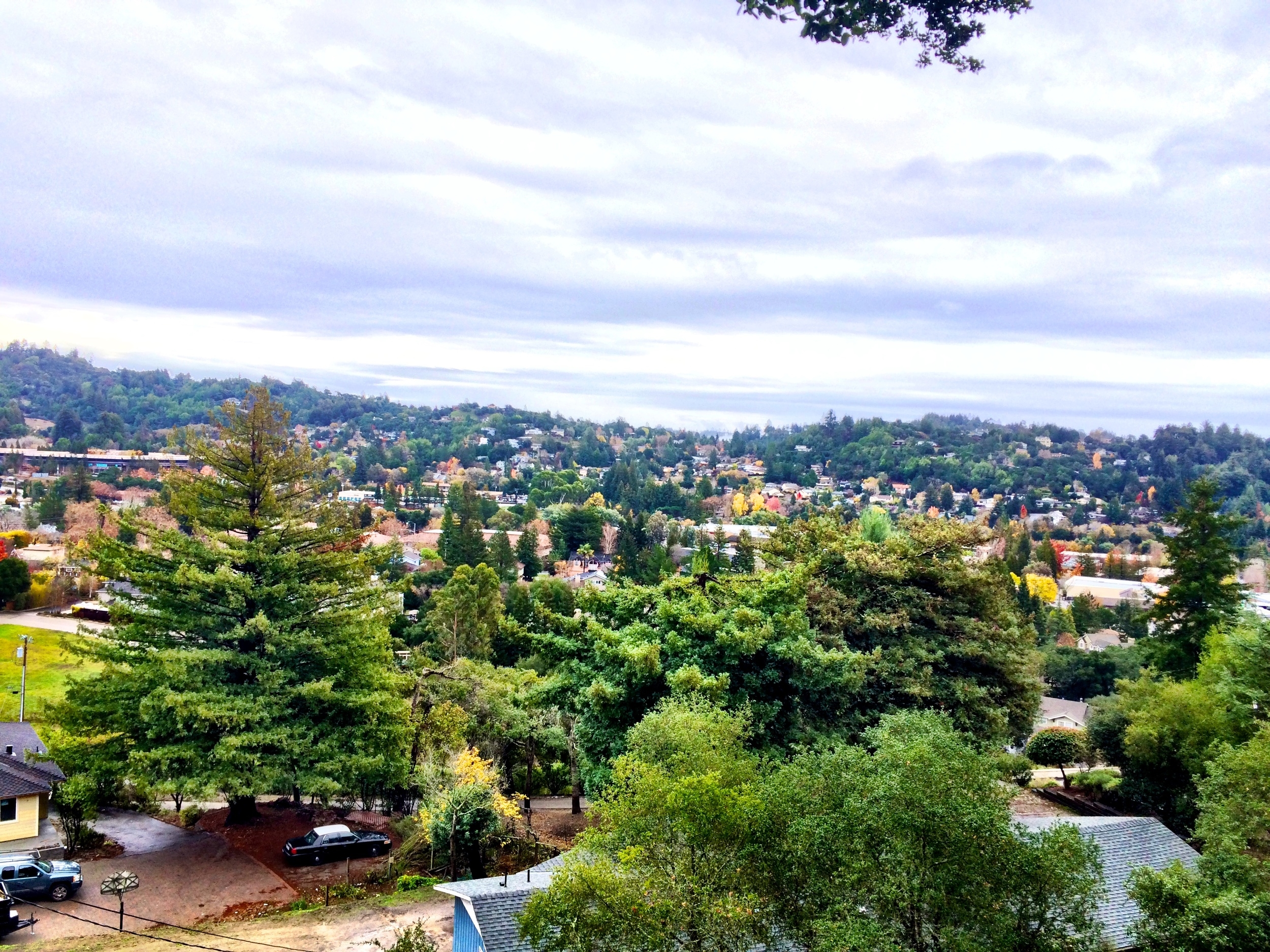
Scotts Valley was named after Hiram Scott, who purchased Rancho San Agustin, including the valley, in 1850 from Joseph Ladd Majors. Before Majors, the property was owned by José Bolcoff. Bolcoff was theoriginal settler and first European to claim title and live in what was to be Scotts Valley.
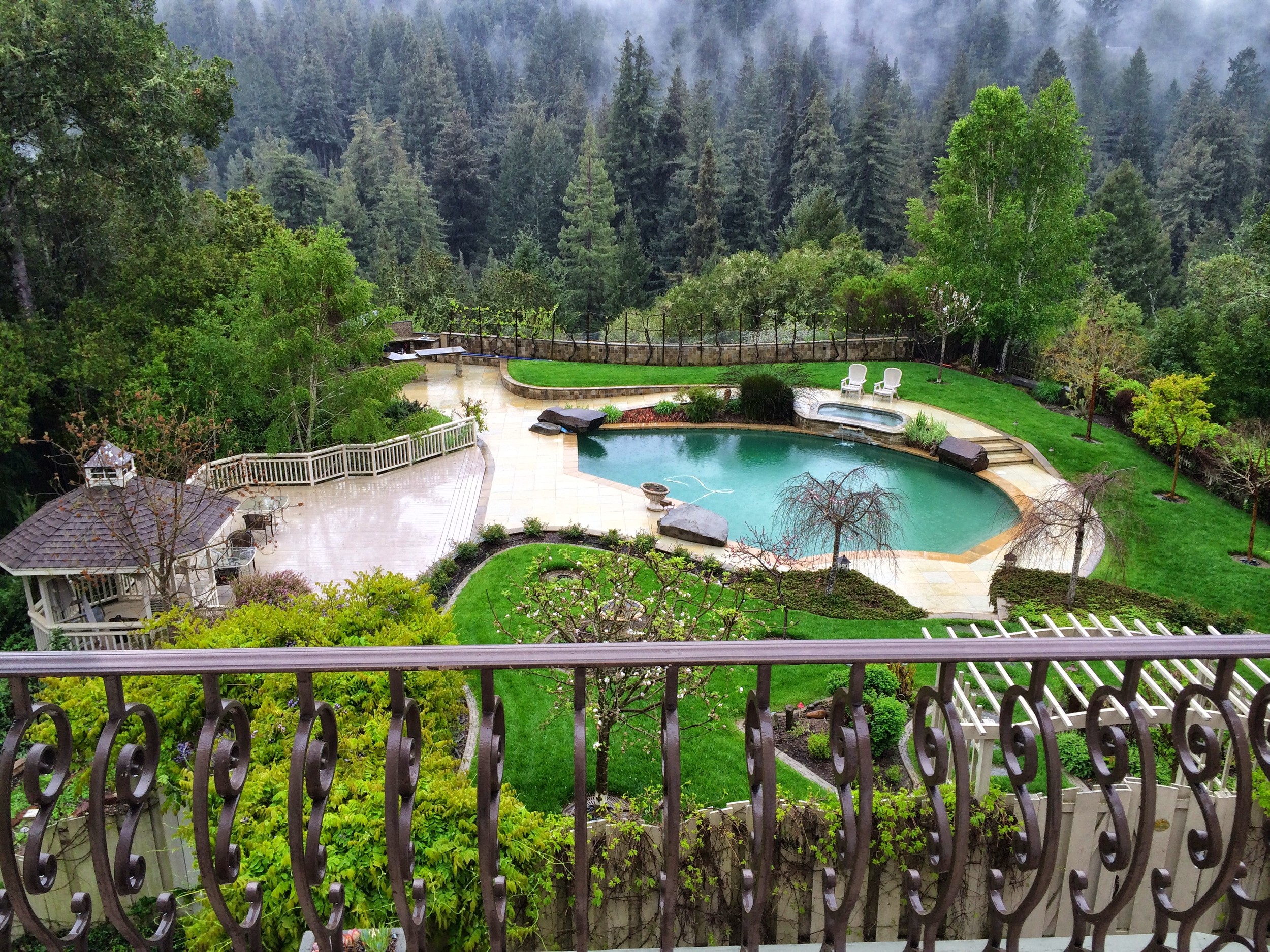
Scotts Valley is also near Big Basin Redwoods State Park, Henry Cowell Redwoods State Park, and Roaring Camp Railroads. The town is surrounded by coast and redwood forests. The city of Santa Cruz lies to the south.
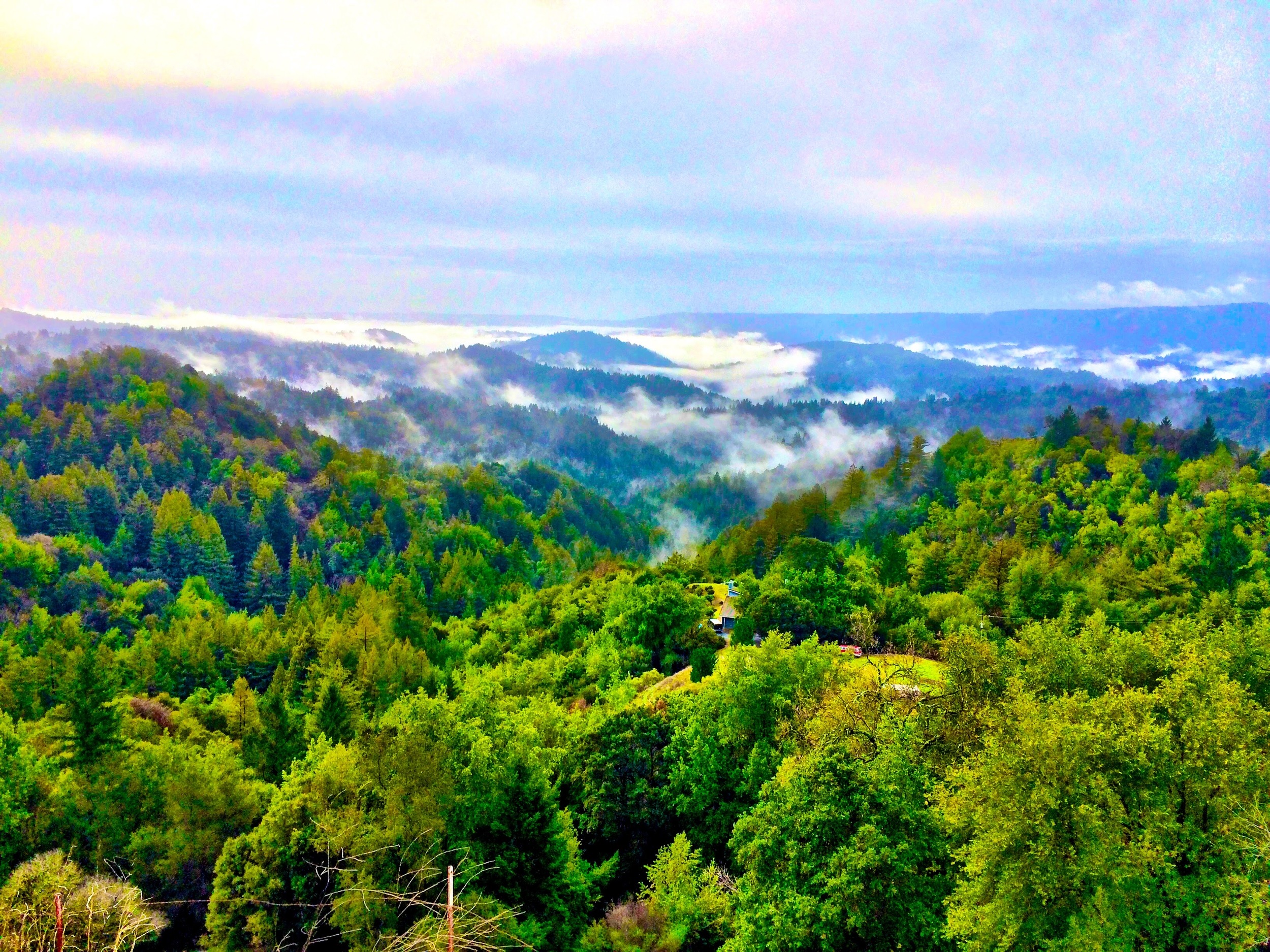
Many high technology businesses are located in Scotts Valley, including E-mu Systems. The headquarters of Seagate Technology (the world's largest producer of computer hard drives), Sessions, a company that makes clothing for snow, skate and surf-boarding, as well as Borland Software Corp. were all formerly headquartered in Scotts Valley.
Netflix's first headquarters were established in Scotts Valley by Reed Hastings, a Stanford graduate, in 1997. The headquarters were later moved to nearbyLos Gatos.
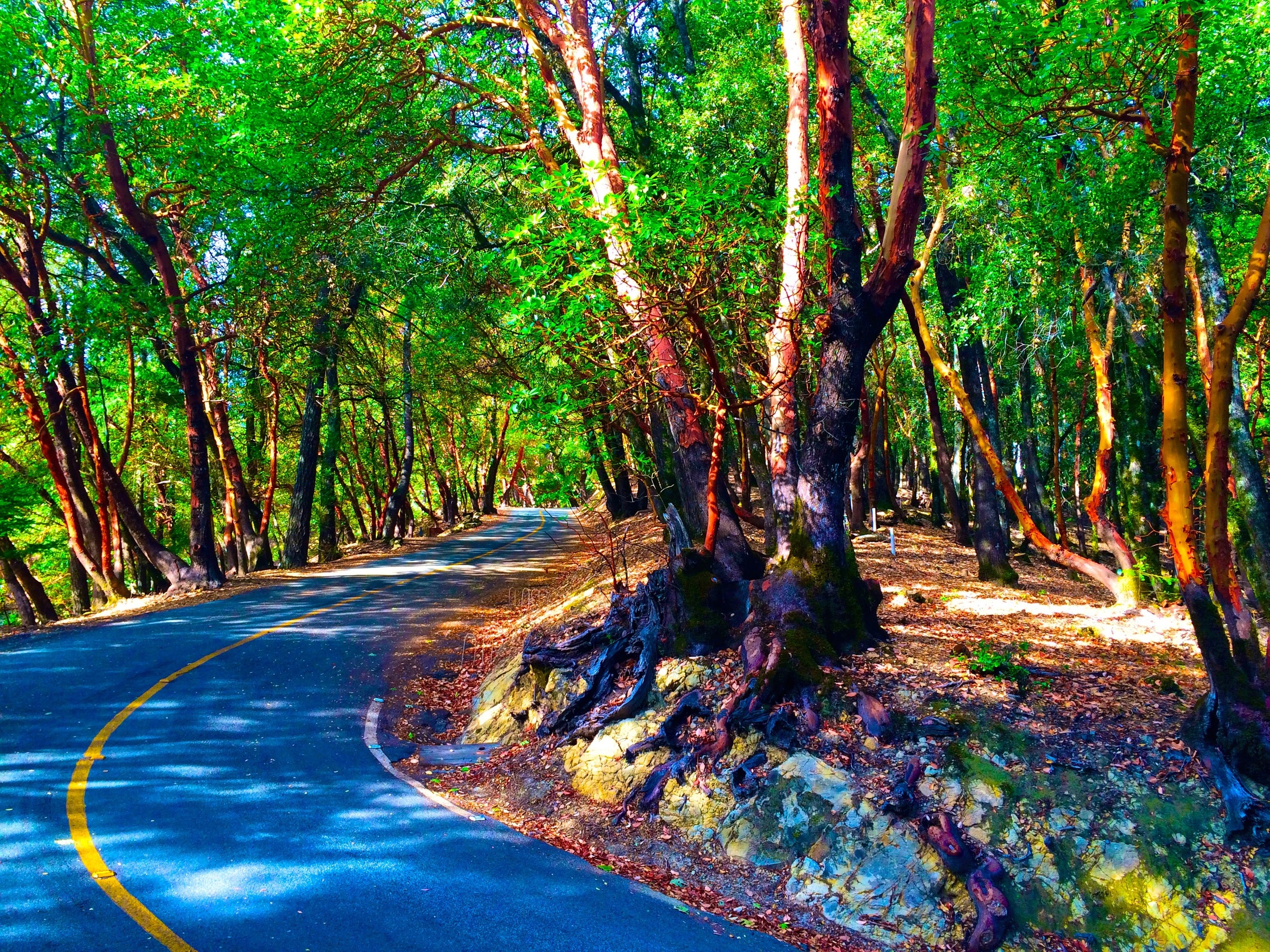
Drinking water is supplied to the City of Scotts Valley by the Scotts Valley Water District and the San Lorenzo Valley Water District. Domestic water supplies are obtained solely from groundwater sources extracted by wells. Wastewater in Scotts Valley is treated at the Scotts Valley Wastewater Treatment Plant at Scotts Valley and Mount Hermon Roads. Treated wastewater effluent is pumped via the city of Santa Cruz into the Pacific Ocean.





Capitola,CA
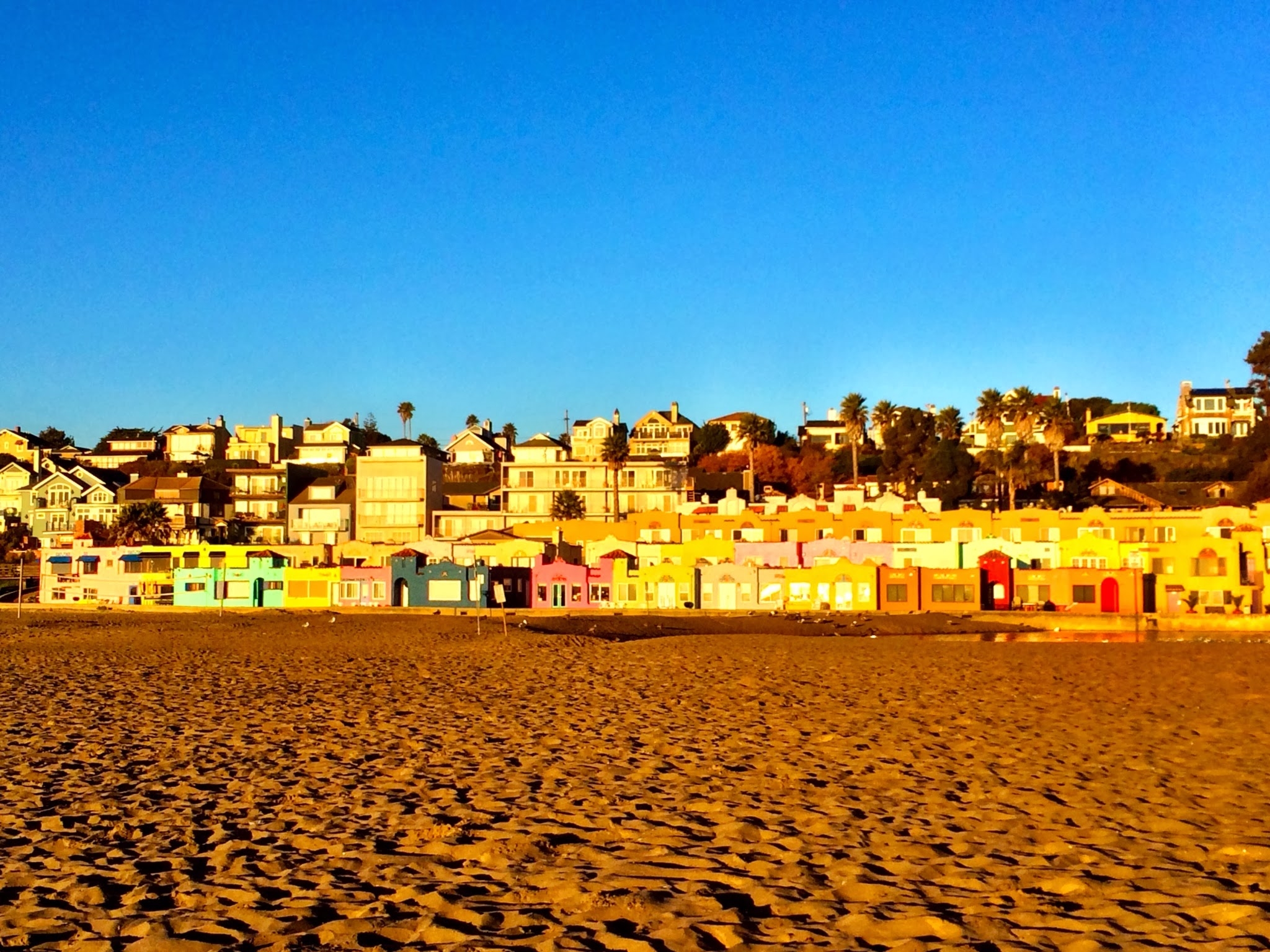
The original settlement now known as Capitola grew out of what was then called Soquel Landing. Soquel Landing got its name from a wharf located at the mouth of Soquel Creek. This wharf, which dates back to the 1850s, served as an outlet for the produce and lumber grown in the interior. In 1865, Captain John Pope Davenport, a whaleman at Monterey, moved his operations to be near the wharf. Unable to capture any whales, he moved his operations the following year to Point Año Nuevo
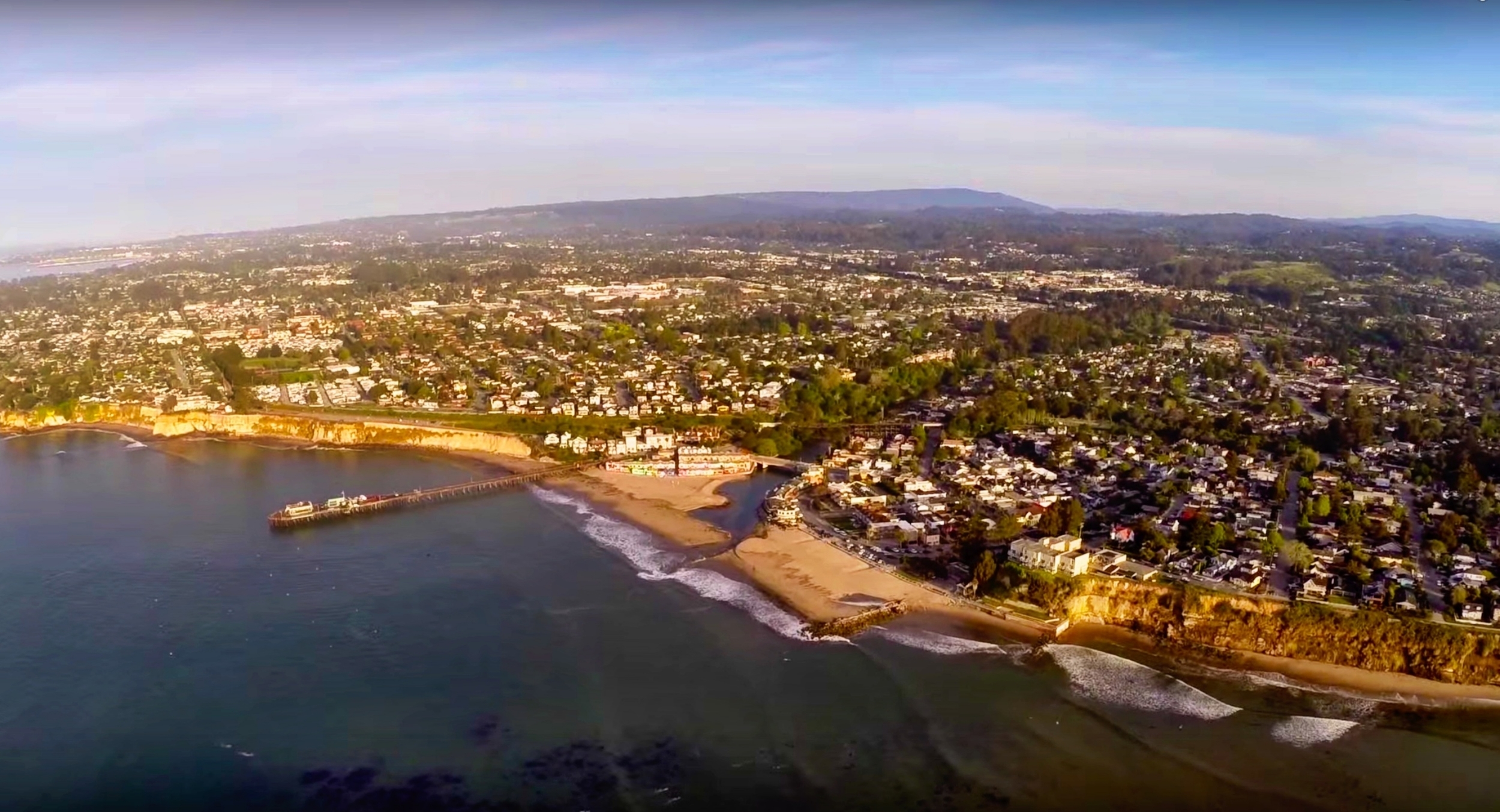
The Capitola Classic was a skateboarding event held in Capitola village in the late 1970s and early 1980s.The Capitola Classic was known in skating circles for its annual downhill race, which was a head-to-head speed competition that drew top names in the sport, many local as well as international, including Santa Cruz, California local John Hutson, who held the world speed record for skateboarding at 53.45 mph and dominated the event each year.[citation needed] Starting in 2009 efforts were made to revive the event.
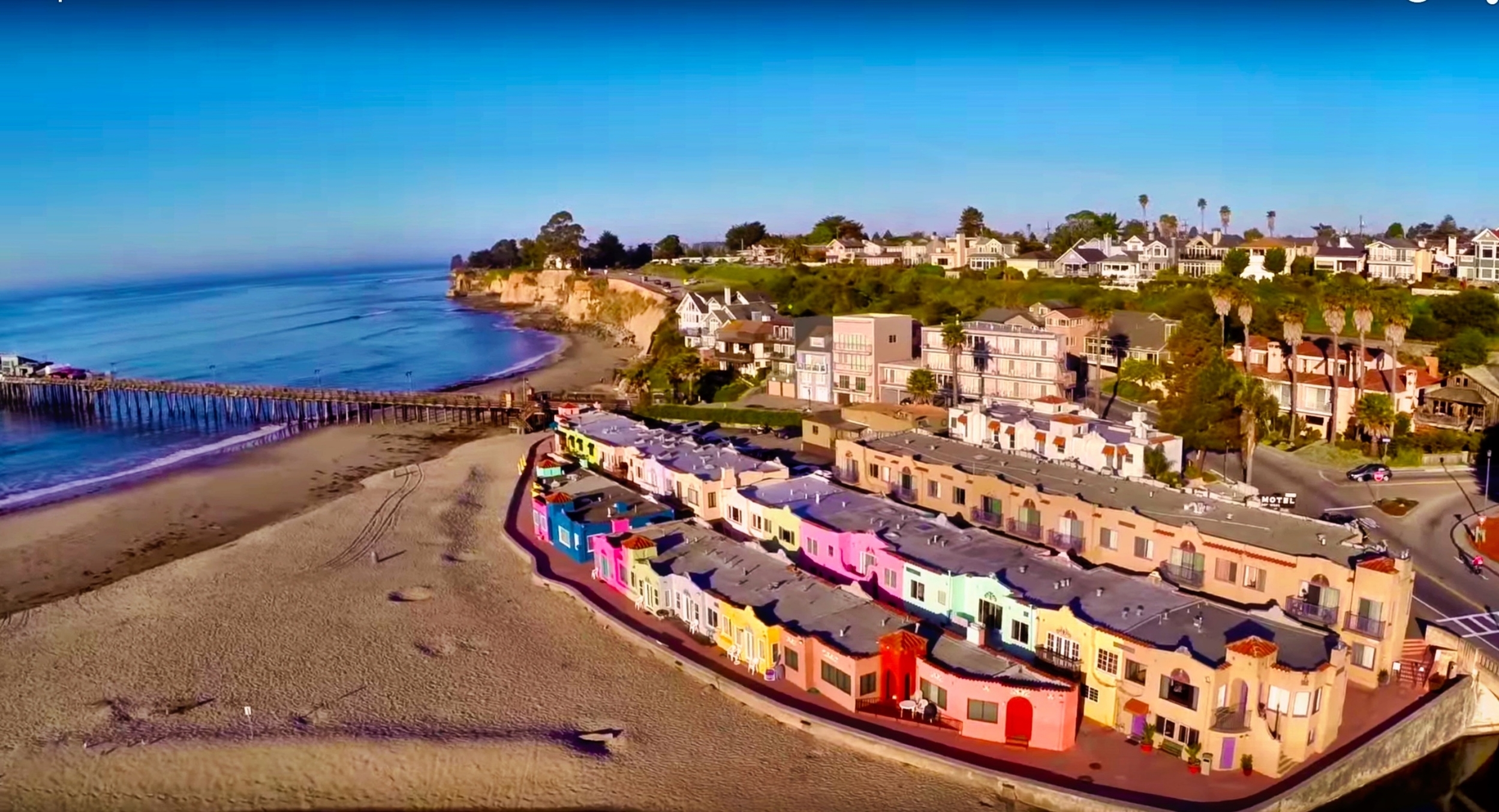
Capitola has mild weather throughout the year, enjoying a Mediterranean climate characterized by cool, wet winters and warm, mostly dry summers. Due to its proximity to Monterey Bay, fog and low overcast are common during the night and morning hours, especially in the summer.
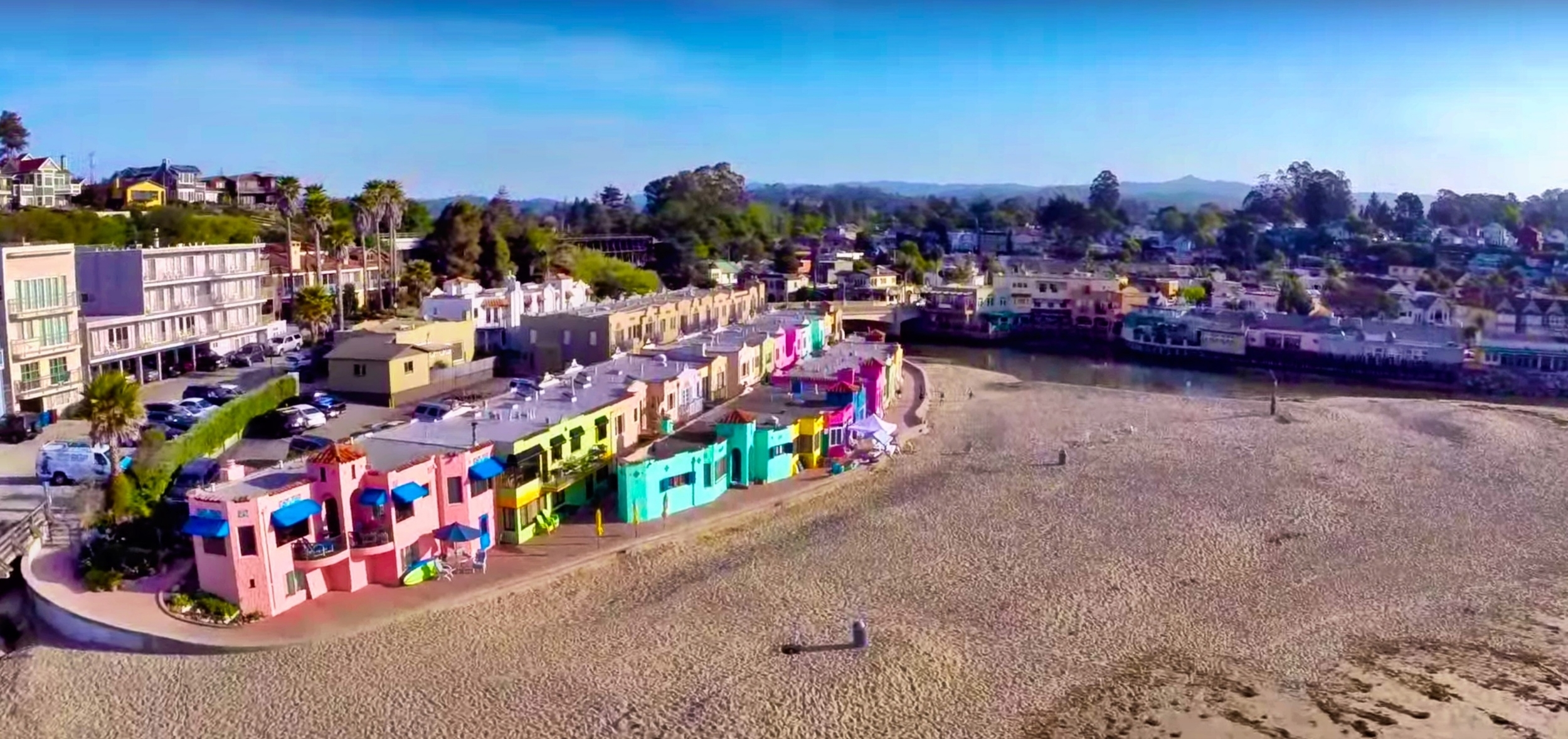
In the summer of 1961 hundreds of birds attacked the town. Most of the birds were sooty shearwaters, a normally non-aggressive species that rarely comes to shore. Alfred Hitchcock was a regular visitor to nearby Santa Cruz and read about this episode. He went on to direct a film—The Birds—based on the idea of hundreds of birds attacking humans. The reason for this attack remained unknown for over 25 years until it was discovered that the birds had been affected by domoic acid, a toxin produced by red algae.
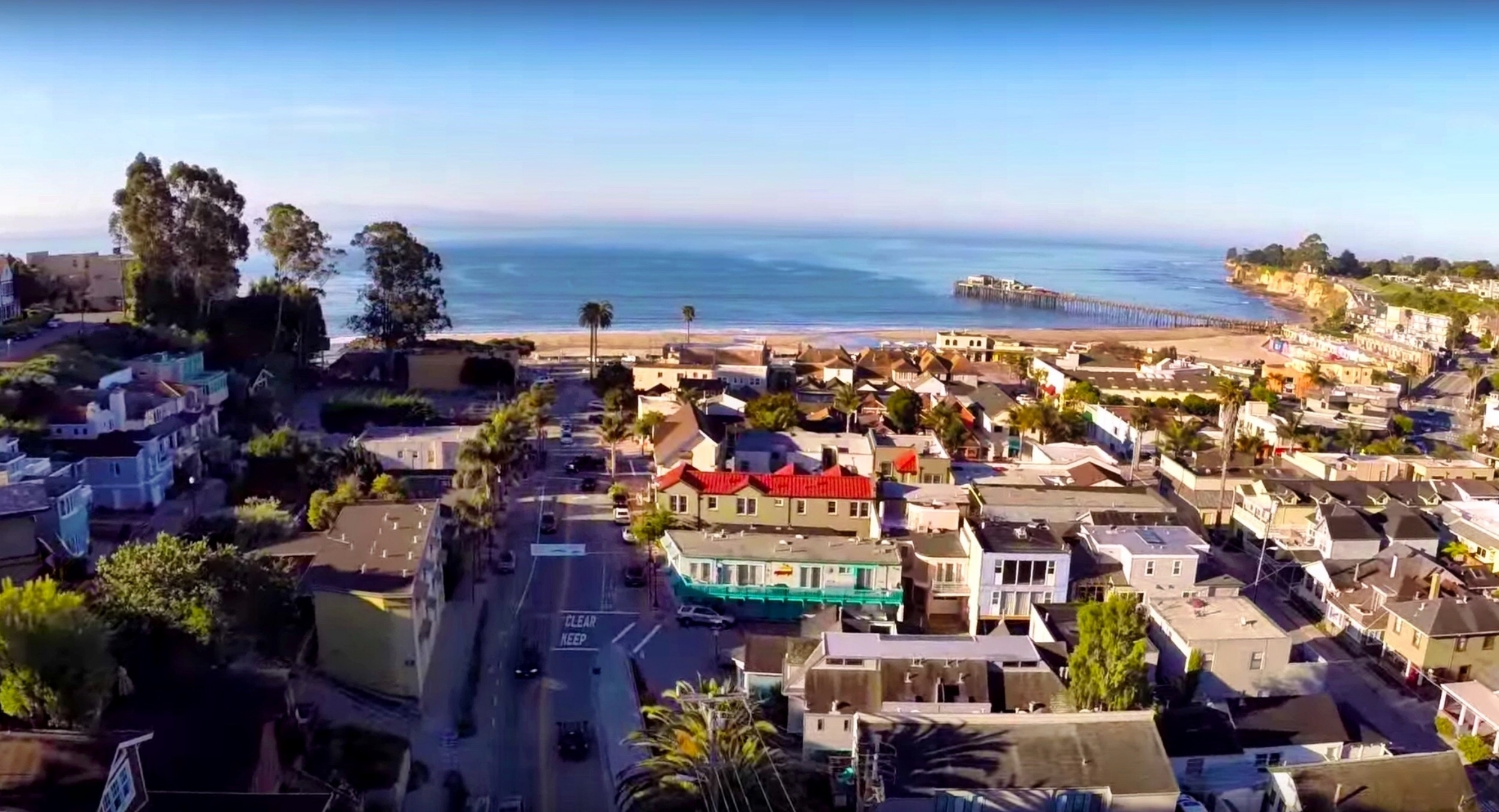
In 1869, Frederick A. Hihn, who owned the property in the vicinity of the wharf, decided to develop it as a seaside resort. At first he leased the area to Samuel A. Hall and the area became known as Camp Capitola.

Capitola is a popular tourist town because of its trendy shops and restaurants on the shore directly connecting to a fishing wharf and its large, sandy beach.






Aptos,CA
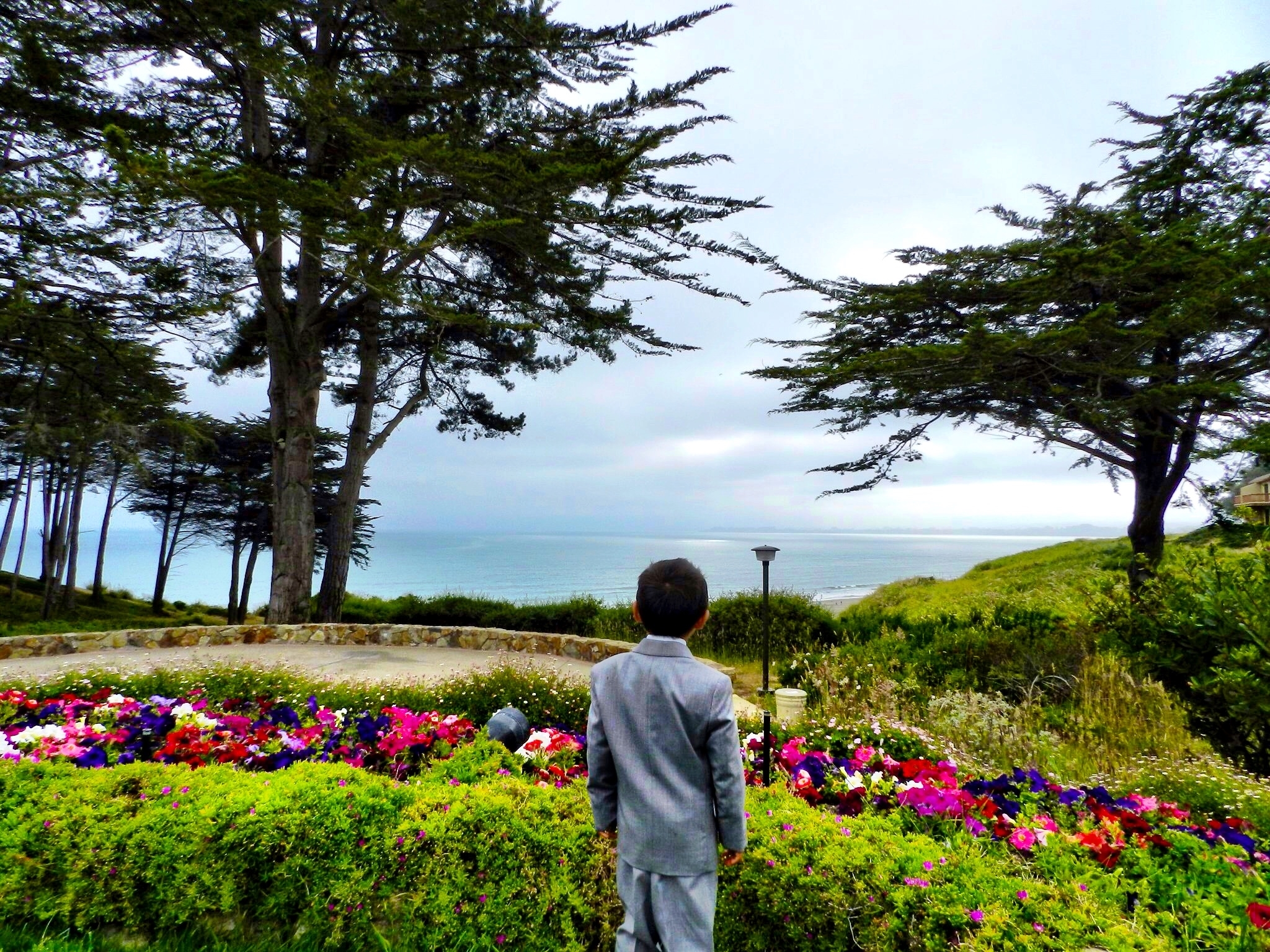
The name Aptos is Ohlone, meaning "the people". Aptos was traditionally inhabited by the Ohlone Awaswas people. The name is one of only three native words that have survived (in Hispanicized form) as place names in Santa Cruz County (the others are Soquel and Zayante).
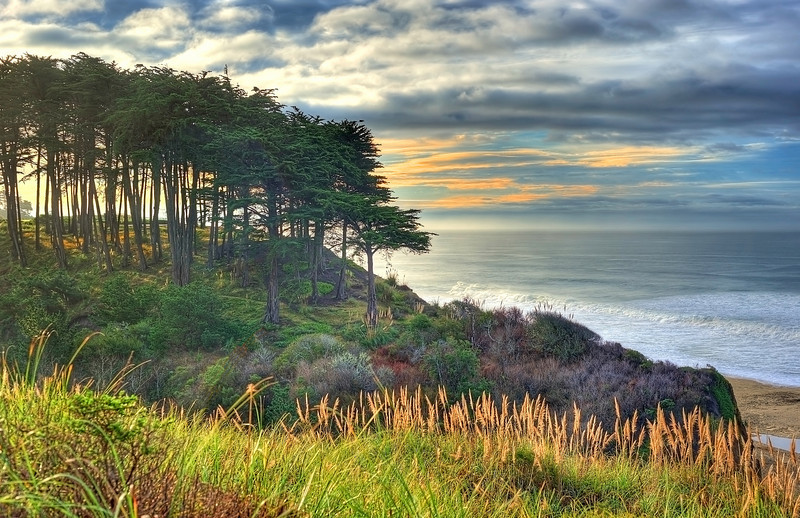
Aptos is home to both the Forest of Nisene Marks State Park and Seacliff State Beach California state parks. Nisene Marks is popular with hikers and mountain bikers, and also contains the epicenter of the 1989 Loma Prieta earthquake (magnitude 6.9).
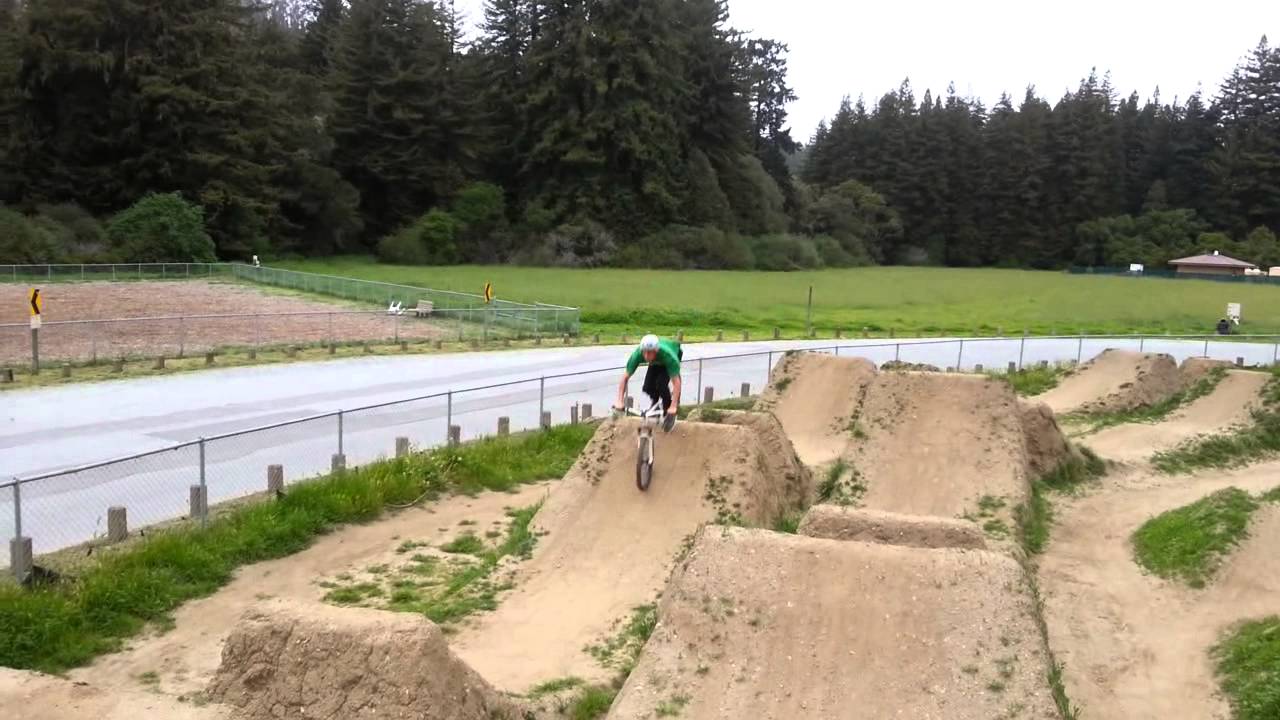
Aptos Park is the site of the annual Aptos Blues Festival. Several well-known performers have performed at the festival, B.B. King, Buddy Guy, John Lee Hooker,Ray Charles,Leon Russell, Los Lobos, Gregg Allman, the Doobie Brothers, Bonnie Raitt, and Al Green.
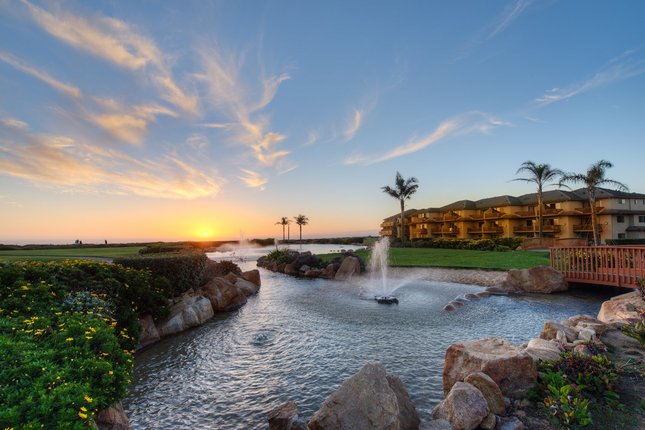
Aptos is also home to the annual Fourth of July "World's Shortest Parade," so called because the parade route is about .6 miles long

Being a small town, Aptos does have as many entertainment possibilities.However, there are a few notable local establishments. The Aptos Cinemas, long a mainstream movie theater, has become an indie movie house under the leadership of the Nickelodeon corporation in Santa Cruz.

Many Aptos beaches are popular spots for surfing and bodyboarding. Aptos is also a popular spot for Freeride biking and street skateboarding. Efforts have gone towards attempting to build a skate park in Aptos, however it appears likely at this point.
The beaches of Aptos are frequented by a small but dedicated group of surfers. Due to exclusively sand-bottom beaches, wave shape in Aptos is typically not as high quality as in neighboring Capitola and Santa Cruz. However, during the Autumn and Winter, local spots "Platforms" and "Beer Can" are frequently surfed.






Watsonville,CA

Watsonville is a city in Santa Cruz County, California, United States. The population was 51,199 according to the2010 census. Located on the central coast of California, the economy centers predominantly around the farming industry. It is known for growing strawberries, apples, lettuce and a host of other vegetables. Watsonville is home to people of varied ethnic backgrounds. There is a large Hispanic population, a group of Croats, Portuguese, Filipino, Caucasian, Sikhs and Japanese population that live and work in the city.
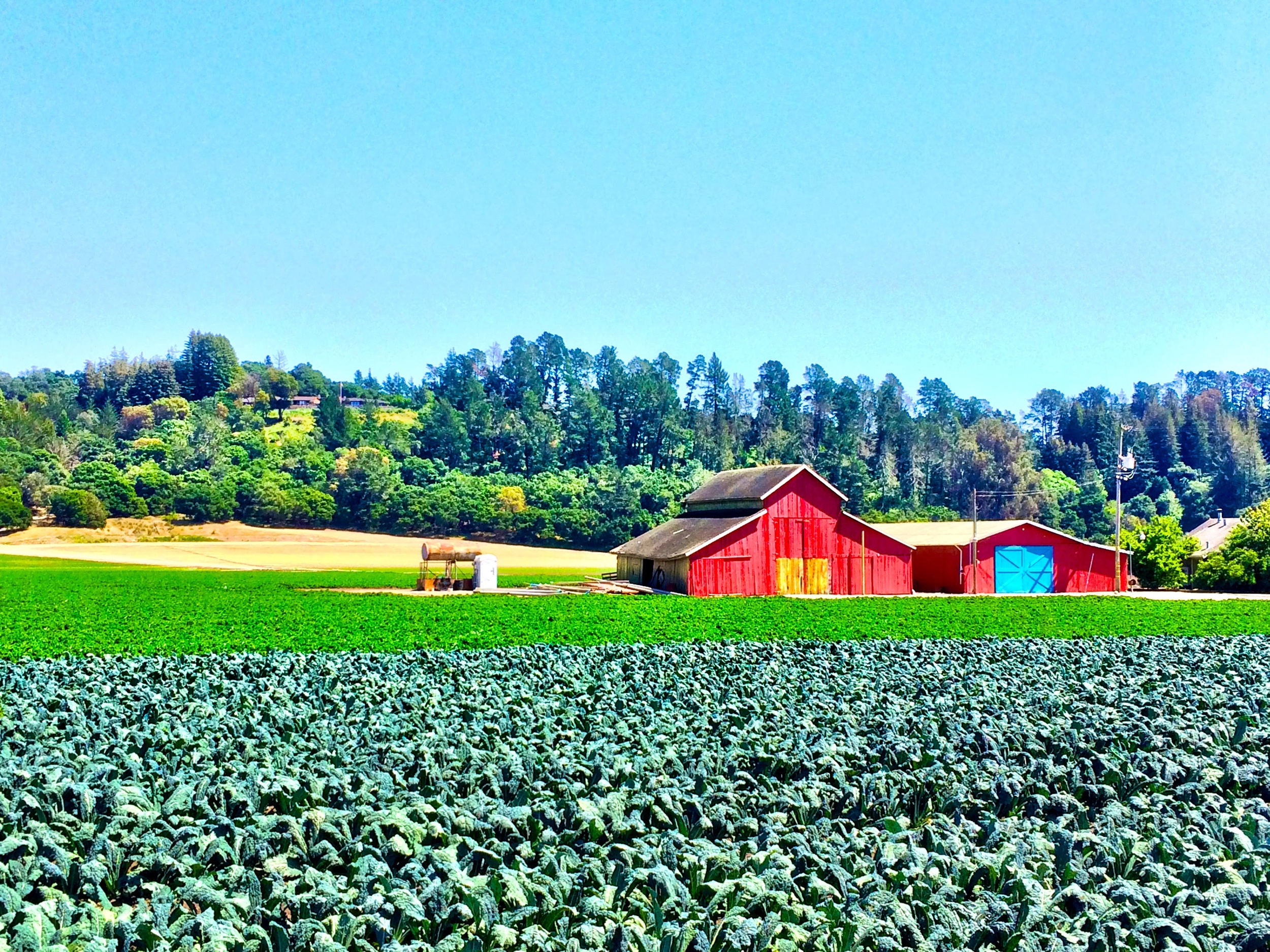
Watsonville's land was first inhabited by an Indian tribe called the Costanoans. This tribe settled along the Pajaro Dunes since the land was fertile and useful for the cultivation of their plants and animals.

Watsonville is home to the annual Strawberry Festival, which includes a wide variety of strawberry based foods, live music, vendors, and rides.

Air show
Watsonville Municipal Airport (WVI) is home to the annual Watsonville Fly-in and Air Show, which showcases both military and civilian aircraft and includes a small car show.
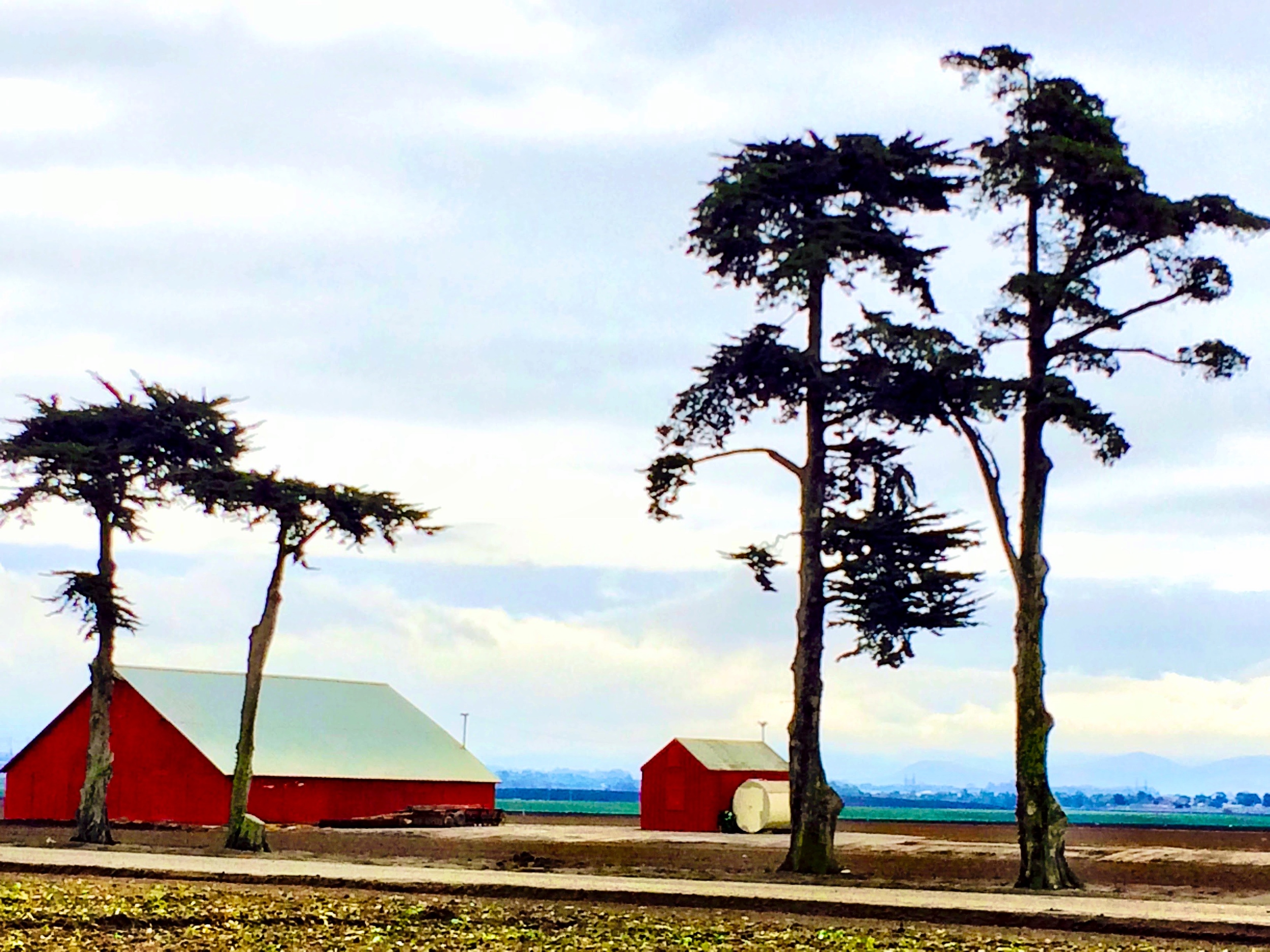
During Spanish and Mexican times, the Pajaro Valley was at first used as pastureland for the Carmel mission, then was divided up into several largeranchos, mainly raising cattle. In the middle 1800s, American, British, Irish and German immigrants began farming alongside the Californios.






